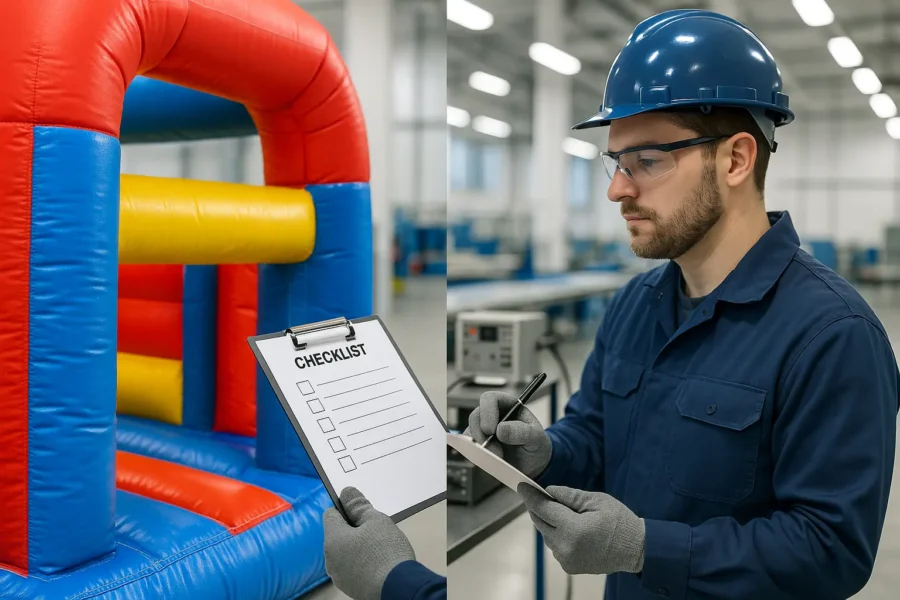Go-karting is an exhilarating and educational experience for children, with some able to start as early as 5 years old. The ideal starting point for young racers is with Kid Karts, designed to ensure safety and fun through features like 4-stroke go-kart engines and limited kart speed. As they grow older and gain experience, they can progress to faster karts suited for their age group, like Cadet Karts (ages 7-12) and Junior Karts (ages 12 and up). Here’s a breakdown of the starting age and what to expect.
Age 5-7: Kid Karts
Children between 5 and 7 years old can begin their go-karting journey with Kid Karts. These smaller, slower karts are specifically designed for beginners, offering a safe yet exciting introduction to the sport. Kid Karts are equipped with low-power engines and safety features, giving parents peace of mind. At this stage, it’s essential to invest in the right karting gear to protect your child on the track.
Age 7-12: Cadet Karts
Once your child gains some experience, they can move up to Cadet Karts. These karts are faster and more powerful than Kid Karts, with some capable of reaching speeds of 65 mph. At this level, it’s common for children to take part in go kart courses or go karting lessons to further develop their skills. Finding the right go karting offers at this stage is key, as costs can start to increase with more advanced gear and kart options.
Age 12 and Up: Junior Karts
As children turn 12 and older, they can begin using Junior Karts, which are more similar to adult karts but with slightly reduced power. These karts are specifically designed for competitive racing. At this stage, children may become interested in joining go-karting leagues or clubs to further develop their skills. When transitioning to Junior Karts, parents should carefully review the available go-karting fees. This will help them understand the financial investment needed for advanced equipment and track usage.
Benefits of Starting Go Karting at a Young Age
Starting go-karting early offers a range of benefits for children, from developing fine motor skills to building confidence and teamwork. Operating a go-kart teaches children responsibility by requiring them to manage their equipment and adhere to track rules. It also helps them maintain focus throughout the race, fostering discipline and concentration. Additionally, go-karting promotes physical fitness, requiring strength and stamina to control the kart effectively.
Steps to Introduce Your Child to Go Karting
Here are some steps you can take to introduce your child to go-karting safely:
- Research Local Tracks: Look for tracks that offer age-appropriate karts and experienced instructors. Make sure the facility provides safe go kart options for young drivers.
- Enroll in a Go Karting Program: Many tracks offer beginner go karting lessons where children can learn the basics under the supervision of professionals.
- Rent or Purchase a Kart: Starting with rental karts can be a cost-effective way to test the waters. If your child shows a strong interest, consider purchasing a kart that suits their age and experience level.
- Encourage Practice: Regular practice is essential for improving skills. Focus on making karting fun and rewarding without emphasizing competition right away.
- Attend Karting Events: Watching live karting events is a great way to build enthusiasm and introduce your child to the competitive side of the sport.
Conclusion
Go-karting is a fantastic sport for children of all ages, offering not just fun but also the opportunity to develop essential life skills. By starting at a young age, kids can build a solid foundation in driving, responsibility, and teamwork. Whether your child is racing for fun or dreams of one day becoming a professional driver, go-karting provides an engaging and educational experience. Make sure to research go karting fees, review local go karting offers, and equip your child with the proper karting gear to ensure a safe and enjoyable adventure.



